

Molly bolts, also known as expansion bolts, are specialized fasteners designed for secure anchoring in hollow walls or materials where standard screws or nails won't hold. They provide a strong, reliable grip by expanding behind the mounting surface, making them ideal for hanging heavy items like shelves, mirrors, or light fixtures. This guide explores everything you need to know about molly bolts, from understanding their mechanism and types to proper installation techniques and troubleshooting tips.Understanding Molly BoltsWhat Are Molly Bolts?Molly bolts are essentially anchors with a hollow metal or plastic sleeve and a screw or bolt. When the screw is tightened, the sleeve expands behind the wall, creating a secure hold. This expansion distributes the force over a larger area, preventing the fastener from pulling out.How Do Molly Bolts Work?The core principle of a molly bolt lies in its expansion mechanism. As you tighten the screw or bolt, the cone-shaped end of the fastener is drawn into the sleeve. This forces the sleeve to buckle and spread out against the back of the wall, creating a secure anchor point.Types of Molly BoltsSeveral types of molly bolts are available, each suited for specific applications: Standard Molly Bolts: These are the most common type, suitable for general-purpose use in drywall or plaster. Heavy-Duty Molly Bolts: Designed for heavier loads, these bolts have a thicker sleeve and a stronger expansion mechanism. Pronged Molly Bolts: These have prongs on the sleeve that grip the wall as the bolt is tightened, preventing it from spinning. Hollow Wall Anchors (also sometimes referred to as Molly Anchors): Similar to standard molly bolts, but often made of lighter materials and suitable for lighter loads. Steel Molly Bolts: For applications requiring high tensile strength, steel molly bolts are the ideal choice. Hebei Muyi Import&Export Trading Co.,Ltd offers a wide range of steel fasteners, including high-quality molly bolts. Visit Hebei Muyi Import&Export Trading Co.,Ltd to explore their selection.Choosing the Right Molly BoltFactors to ConsiderSelecting the appropriate molly bolt depends on several factors: Load Capacity: Determine the weight of the item you're hanging and choose a bolt with a suitable load rating. Wall Thickness: Measure the thickness of the wall and select a bolt with a sleeve length that matches. Material of Wall: Different walls have different holding power, so consider if you are using drywall, plaster or something else. Environment: Consider whether moisture or other environmental factors might affect the bolt material.Molly Bolt Size ChartThis table provides a general guideline for selecting molly bolt sizes based on load capacity. Always consult the manufacturer's specifications for precise load ratings. Bolt Size Approximate Load Capacity (Drywall) Common Applications 1/8 inch Up to 20 lbs Small picture frames, lightweight decorations 3/16 inch Up to 30 lbs Mirrors, small shelves 1/4 inch Up to 50 lbs Heavier shelves, light fixtures Note: Load capacities are approximate and depend on wall material and installation quality. Always test the hold before hanging valuable items.Installing Molly Bolts: A Step-by-Step GuideTools and Materials Needed Molly bolts of the appropriate size and type Drill with drill bits matching the molly bolt size Screwdriver or wrench Hammer (optional, for tapping the bolt into place) Pencil LevelInstallation Steps Mark the Location: Use a pencil and level to mark the exact spot where you want to install the molly bolt. Drill a Pilot Hole: Drill a hole slightly larger than the molly bolt sleeve diameter. Ensure the hole is clean and free of debris. Insert the Molly Bolt: Insert the molly bolt through the item you are hanging and then into the pilot hole. Gently tap the bolt head with a hammer if needed to seat it flush against the wall. Tighten the Screw: Using a screwdriver or wrench, tighten the screw. As you tighten, the sleeve will expand behind the wall. Continue tightening until the bolt is snug but not overtightened. Overtightening can strip the threads or damage the wall. Test the Hold: Gently pull on the item to ensure the molly bolt is securely anchored.Troubleshooting Molly Bolt IssuesMolly Bolt SpinningIf the molly bolt spins without tightening, the pilot hole may be too large, or the prongs (if present) may not be gripping the wall properly. Try using a larger molly bolt or applying a small amount of spackle to the hole to provide a better grip.Molly Bolt Not ExpandingIf the molly bolt is not expanding, the screw may be stripped, or the sleeve may be damaged. Try using a new molly bolt. Ensure you are using the correct size screwdriver or wrench to avoid stripping the screw head.Removing Molly BoltsRemoving molly bolts can be tricky. One method involves tightening the screw until the bolt pulls through the wall. This will damage the wall, so be prepared to patch the hole. Alternatively, you can try cutting the bolt head off with a hacksaw or pliers and pushing the remaining sleeve into the wall.Safety Precautions Always wear safety glasses when drilling. Use the correct size drill bit for the molly bolt. Do not overtighten the molly bolt. Be aware of any electrical wiring or plumbing behind the wall before drilling.ConclusionMolly bolts are a versatile and reliable fastening solution for hollow walls. By understanding their mechanism, types, and proper installation techniques, you can confidently hang a variety of items securely. Remember to choose the right molly bolt for your specific needs and follow safety precautions to ensure a successful installation. For high-quality steel molly bolts, consider exploring the selection at Hebei Muyi Import&Export Trading Co.,Ltd, a trusted provider of fasteners.



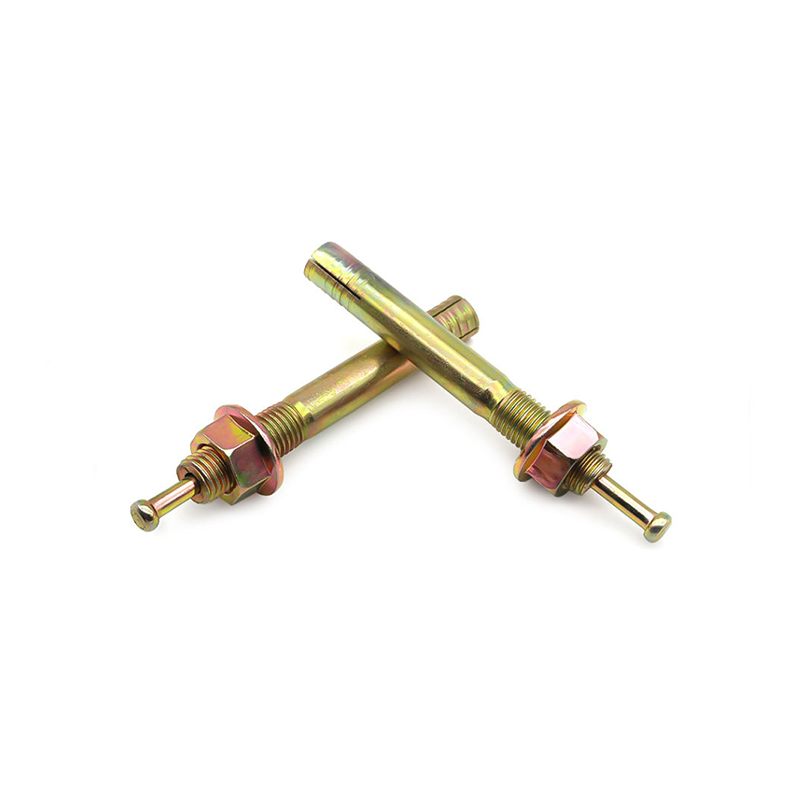
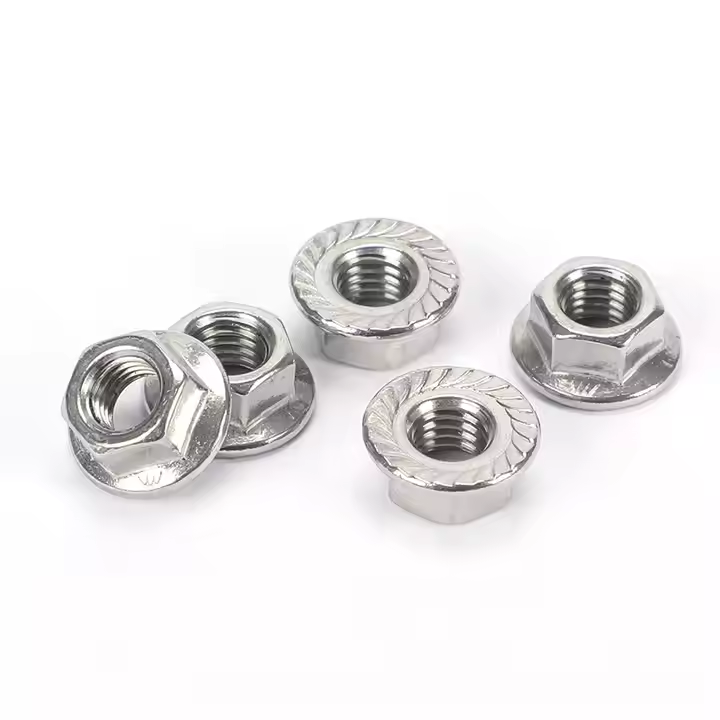
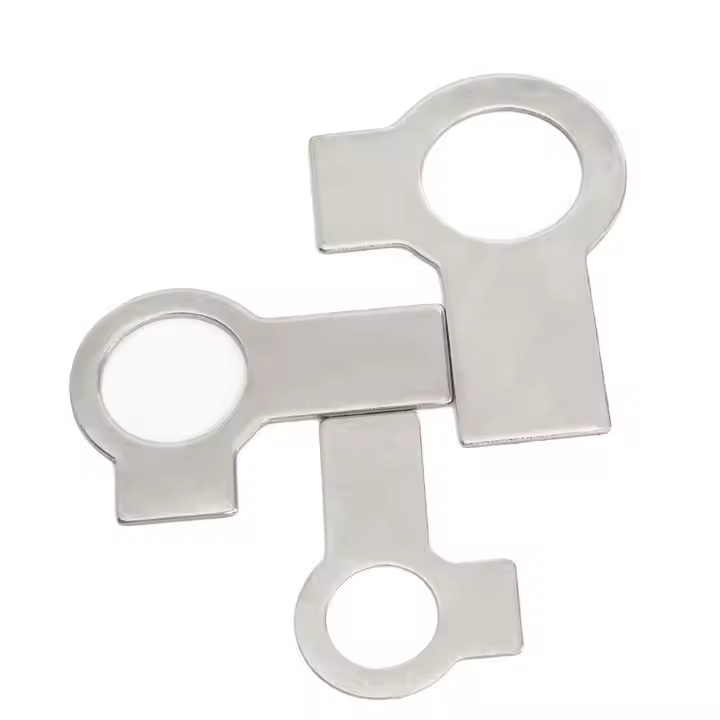
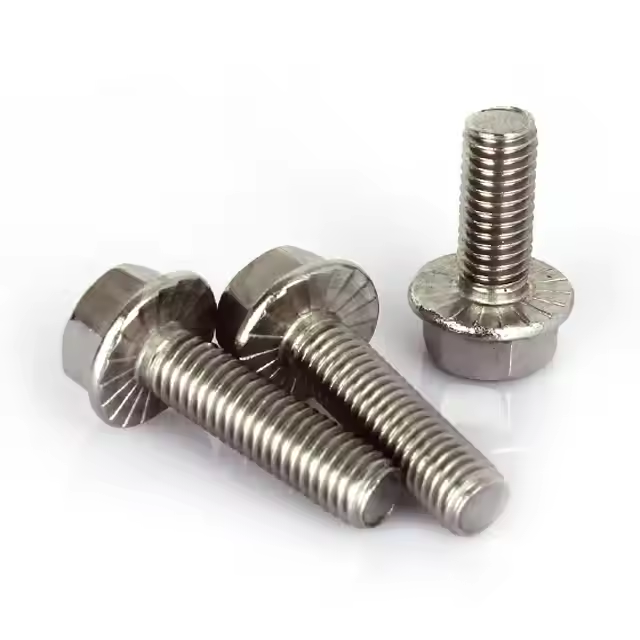


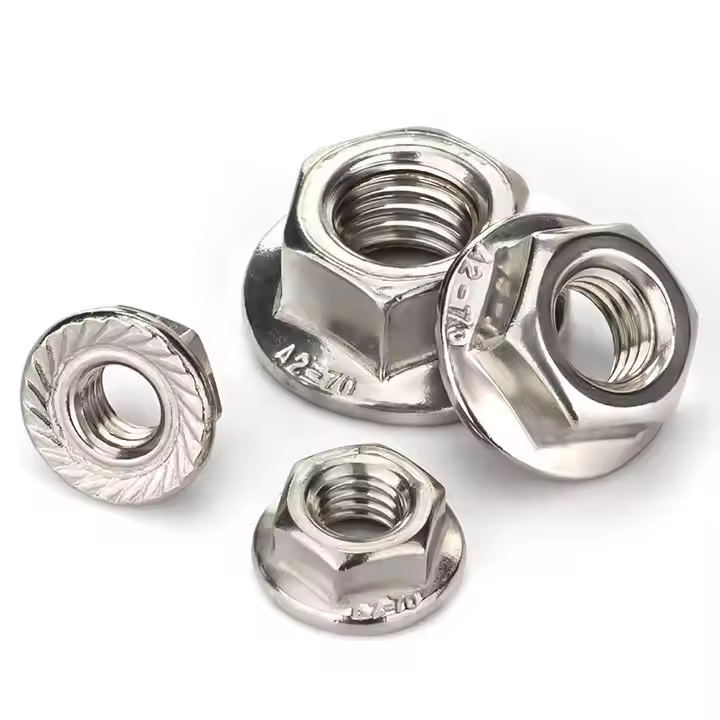
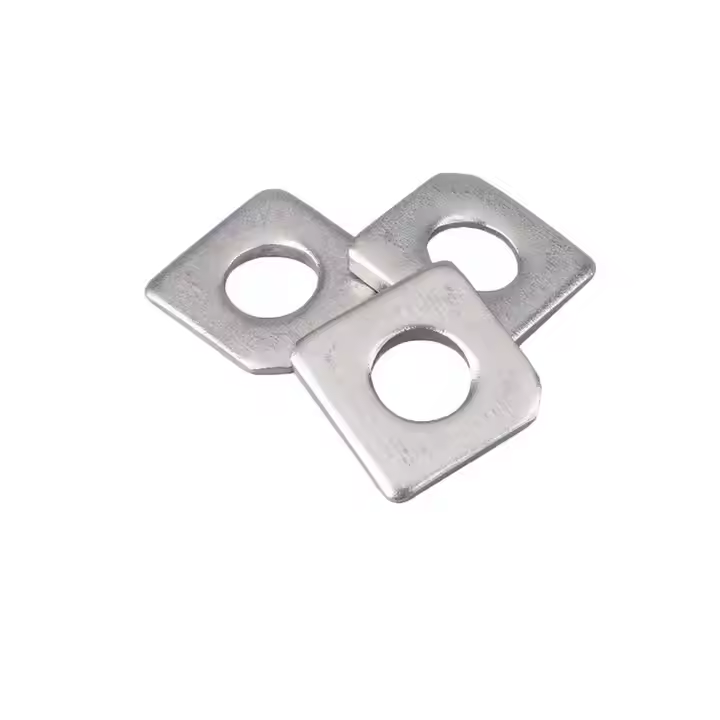
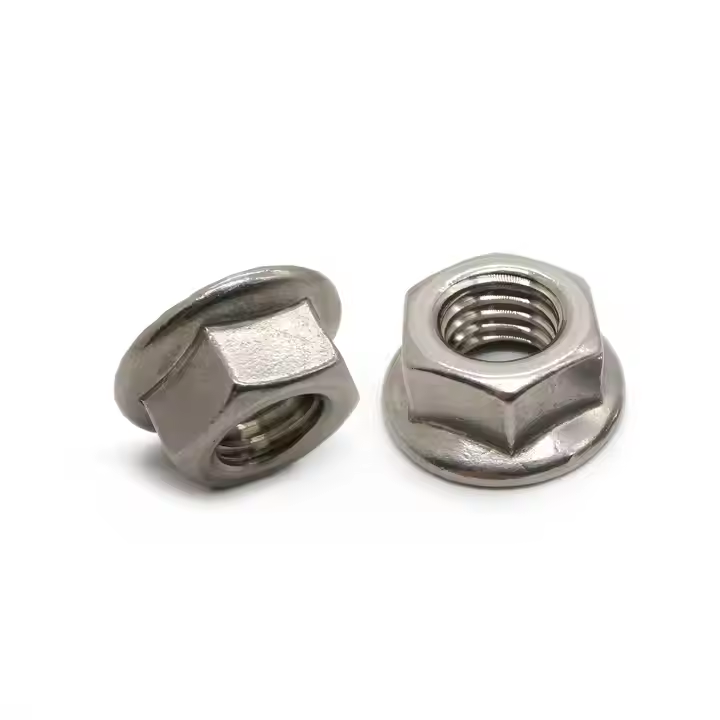
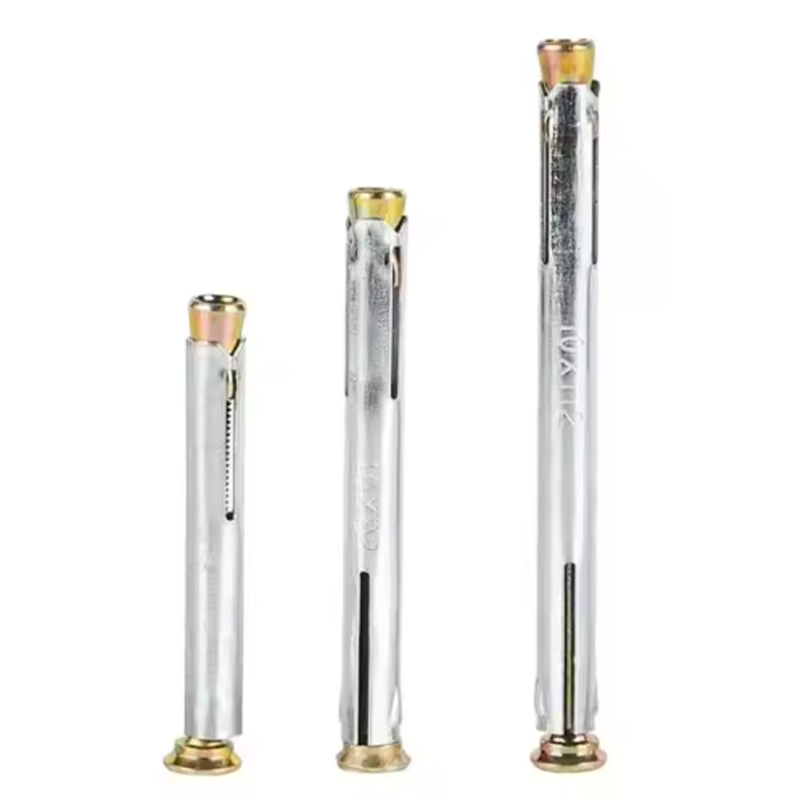
Please enter your email address and we will reply to your email.